How to Build a Sleep Routine That Actually Works
Are you tired of waking up not feeling refreshed and searching for easy ways to improve your rest? If so, it’s time to build a sleep routine that actually works! Keep reading to find out how today!
I may earn a small commission for affiliate links in this post at no extra cost to you. Please read my privacy policy and privacy page for more information. As an Amazon Associate, I earn from qualifying purchases.
Ever find yourself lying awake, wishing you could finally get the sleep you know you need?
You probably know how quickly work, family, and endless lists can crowd out real rest.
I totally get it.
After more than 25 years in mattress sales, I’ve seen firsthand how a lack of a solid sleep routine can chip away at your health, your mood, and even your patience.
But here’s the good news—you can build a sleep routine that actually sticks.
With just a few changes, you can set up a bedtime wind-down that works with your life instead of adding to the chaos.
I love helping people sleep better, and it’s always rewarding to see just how much energy and clarity a strong routine can give back.
If you’re hoping to wake up less tired and enjoy nights that feel truly restful, you’re in the right place.
Sit back, grab a snack, and let’s get into it!
Understanding the Science of Sleep Routines
If you want to create a bedtime routine that actually works, you need to understand the “why” behind steady habits.
Your body isn’t just looking for a set bedtime; it thrives on predictable signals that guide when you wind down and when you wake up.
Over the years, I’ve learned from industry specialists that much of what stops people from truly resting isn’t just physical—it’s about syncing your patterns with how your mind and body are built to sleep.
Let’s take a closer look at how a good sleep routine does more than just tuck you in.
How Sleep Routines Affect Circadian Rhythms
Think of your circadian rhythm as your body’s built-in clock.
This inner clock signals when it’s time to be alert and when it’s okay to slow down.
When you keep a consistent sleep routine—going to bed and waking up at the same time—your body falls in line.
This isn’t just a neat trick; it’s how your energy, mood, and even hormone levels find balance.
Ever notice how easy it is to wake up at the same time each morning after a few days of practice?
That’s your body clock getting the message.
When you switch it up too much (late nights, early alarms), you throw that clock for a loop.
Keeping your sleep routine steady helps your mind and body predict what’s coming, making it easier to fall asleep and wake up feeling clear-headed.
The Health Benefits of a Consistent Sleep Routine
A solid sleep routine brings practical health wins you can actually feel.
Your mood gets steadier, your focus improves, and those little aches seem to soften.
In my years helping people find the right mattress, I’ve watched countless customers turn things around simply by sticking to a sleep routine (with the right mattress!).
Here’s what you stand to gain with steady sleep habits:
- Better daytime energy: You feel alert without that sluggish morning fog.
- Sharper memory and focus: A clear mind makes work and conversations easier.
- Stronger immune system: A good sleep routine gives your body time to repair itself.
- Balanced mood: Less snapping at small things, more patience with your loved ones.
Small changes matter here.
You don’t need a six-step routine or fancy gadgets.
Just staying consistent with your sleep times is a real act of self-care.
Sleep Cycles: Why Timing is Everything
When people talk about “sleep cycles,” they often imagine a single stretch of sleep.
But restful sleep isn’t about hours alone—it’s about the cycles you move through each night.
Each full cycle lasts about 90 minutes.
You’ll pass through stages of light sleep, deep sleep, and REM.
Why does this matter for your sleep routine?
The answer is in the timing.
If you keep your bedtime and wake-up time steady, you catch these cycles at their smoothest.
You wake up between stages—instead of jarring yourself awake in deep sleep, which can leave you groggy for hours.
Consider building your sleep routine around complete cycles.
Here’s how:
- Count backward from your desired wake-up time in 90-minute blocks (for example, 6, 7.5, or 9 hours).
- Aim to wake up at the end of a cycle, not in the middle.
- If you wake up before your alarm and feel refreshed, don’t force yourself back to sleep.
When you respect your body’s rhythm and cycles, you set yourself up for easier mornings and calmer nights.
Building the Foundations of a Sleep Routine
Getting your sleep routine off the ground is about more than just picking a bedtime.
It’s the small habits—done night after night—that really shape how rested you feel.
A strong foundation makes it easier to settle in and wake up ready for the day.
This next part covers the building blocks you need: how to set times that fit your life, what helps your mind unwind, and ways to keep your space (and your evenings) calm and comfortable.
Set a Realistic Bedtime and Wake Time
Consistency is the backbone of a good sleep routine.
If you keep bouncing between late nights and early mornings, your body never gets a chance to settle down.
Pick a bedtime and wake time that match your real life.
Don’t aim for perfection—just focus on what you can actually repeat, even on weekends.
When you’re honest about your schedule, you give yourself the gift of predictability.
Here’s how to set yourself up:
- Stick to the same times each day, including days off. Your body clock loves regularity.
- Work backward from when you really need to get up, counting how many hours you want to sleep. Aiming for 7 to 9 hours is a safe bet for most adults.
- Start small. If your current bedtime is midnight but you’d like it to be 10 p.m., adjust by 15-30 minutes at a time. Slow shifts stick longer.
- Be gentle with setbacks. If one night goes off track, just return to your routine the next day.
When you’re realistic, you set yourself up for success and avoid the frustration of chasing an impossible schedule.
Create a Pre-Sleep Ritual That Calms Your Mind
Your mind can feel like a tangled ball of yarn by evening.
A wind-down ritual smooths out those knots.
Simple activities send a signal that it’s safe to rest.
Over the years, I’ve had customers share with me all sorts of methods, but a few stand out as both relaxing and enjoyable.
Try one (or a mix) of these soothing nighttime rituals:
- Nighttime yoga: Gentle stretching loosens tight muscles and replaces racing thoughts with calm breaths.
- Adult coloring books: This quiet, creative focus (without screens) shifts your brain out of work mode and helps you let go of the day.
- Nighttime Journaling: Dump your to-do list or worries onto paper. Even a few lines can clear your mind and help you process any lingering stress.
- Breathing exercises or meditation: A few slow breaths can ease anxiety and relax your body.
The details are yours to shape, but the goal is always the same: making bedtime feel inviting instead of rushed.
Optimize Your Bedroom for Better Sleep
People don’t always realize how much their sleep routine is affected by the bedroom itself.
Think of your room as a cocoon: the more comfortable it feels, the easier sleep will come.
Focus on the basics:
- Keep it cool. A room temperature between 60 and 67 degrees is usually best.
- Choose supportive bedding. A quality mattress and pillow make a huge difference (and after 25 years, I can easily spot the right fit for almost anyone).
- Block out light and noise. Use blackout curtains or a white noise machine if needed.
- Clear the clutter. A tidy space relaxes your brain and tells it that sleep time is sacred.
- Breathe easy. Air out your room each day and, if possible, add a plant for fresh air.
When your room feels like a place made for sleep, your routine gets a natural boost.
Limit Disruptors: Technology, Caffeine, and Stress
Sometimes sleep trouble isn’t about the clock, but about what sneaks into your evenings.
If you want your sleep routine to work, pay attention to the culprits that keep you awake.
Here are the main disruptors and how to handle them:
- Technology: Phones and laptops shine blue light straight into your eyes, telling your brain to stay awake. Set a digital curfew—turn screens off at least 30 minutes before bed.
- Caffeine: That afternoon coffee or soda can linger in your body for hours. Try to switch to water or herbal tea after 2 p.m. My coffee curfew (as I call it!) is 3 p.m.
- Noise and distractions: Turn off alerts, dim the lights, and set clear boundaries with roommates or family.
You don’t have to be strict or rigid.
Even small changes—like charging your phone in another room or brewing a calming tea—signal to your body that sleep is the next step.
Staying Consistent and Overcoming Sleep Routine Challenges
Getting a sleep routine in place is one thing, but keeping it going?
That’s where most people hit a bump, no matter how strong their start.
Everyone’s life throws curveballs—late work shifts, kids waking up, travel, or even just a busy week.
At my work, I’ve heard every story you can imagine.
The truth is, lasting change depends on how you handle the ups and downs.
Let’s look into the common challenges and simple, real-world ways to stay on track when things don’t go as planned.
Handling Irregular Schedules and Life Disruptions
There will always be nights when your routine gets knocked off course.
That’s not failure—it’s just life happening.
If you work rotating shifts (my husband sure did!), have small kids, travel for your job, or just struggle to keep a fixed bedtime, you aren’t alone.
Trying to build a perfect sleep routine in an imperfect world takes patience and a few helpful tricks.
Here are some ways you can keep your routine strong, even when your schedule isn’t:
- Anchor with a wake-up time. Even if bedtime floats a little, waking up at the same time most days helps set your body clock.
- Create mini wind-down habits. If your evenings look different every night, pick one short ritual you can repeat anywhere. This might be washing your face or listening to calm music—something that tells your body it’s time for sleep, no matter the setting.
- Prioritize naps wisely. If you truly miss hours of rest, a short nap (20-30 minutes) can help. Just avoid napping too close to your regular bedtime, so you don’t throw off your sleep routine even more.
- Communicate your needs. Let family, roommates, or coworkers know why your sleep routine matters. It’s easier to stay on course when others respect your boundaries.
- Embrace flexibility without giving up. If your night was rough or short, resist the word “ruined.” It’s not all or nothing—you’re building habits, not chasing perfection.
I’ve listened to countless customers beat themselves up for missing a bedtime or sleeping late on weekends.
The truth is, lasting change comes when you treat each day as a new chance, not a lost cause.
Tips for Getting Back on Track After Slip-Ups
Even with good intentions, slip-ups happen.
Stress, travel, time change, or big life events can throw your sleep routine out of alignment.
What matters most is how you respond when things get off track.
The key isn’t to punish yourself, but to reset gently and confidently.
Here’s how you can bounce back:
- Let go of blame. Everyone falls off sometimes. Say to yourself, “That was yesterday, today is a new start.”
- Reset your bedtime gradually. If your schedule slid by hours, inch back by 15-30 minutes each night until you’re back to your goal. Sudden shifts make it harder to adjust.
- Bring back familiar rituals. Return to the wind-down routines that worked for you—reading, gentle stretching, or calming music. These habits tell your brain it’s safe to rest.
- Prioritize getting up at your regular time. Even if you’re tired, resist sleeping in for hours. Waking up at your usual time gets your sleep routine back in sync quicker.
- Keep evenings low-key. Skip the high-energy plans or late caffeine as you get back on course. Give your body the best shot at quality rest.
- Celebrate small wins. Each night you stick closer to your routine is a step forward. One good night can rebuild your confidence.
Remember, a strong sleep routine isn’t about being perfect—it’s about staying committed when things aren’t easy.
How to Track Progress and Adjust Your Sleep Routine
You might feel committed to your new sleep routine, but it’s easy to lose sight of the goal if you don’t track your changes.
Over the years, I’ve used a sleep tracker to see progress when it feels invisible.
By keeping a simple record, you spot patterns, spot improvements, and know exactly when it’s time to tweak your habits.
If you haven’t tried tracking yet, here’s why it helps:
- Gives you proof. It’s easy to focus on setbacks and forget how many good nights you’ve had. Tracking lets you see wins piling up week by week.
- Shows you what works. Was it the early start, the screen break, or the chamomile tea? When you log your routine, you learn what helps or hurts your sleep.
- Spotlights trouble spots. If you keep getting thrown off on weekends or after certain events, tracking makes it clear so you can plan around those.
You don’t have to overcomplicate things. You can:
- Use an app on your phone.
- Keep a simple sleep journal by your bed.
- Try my free printable sleep tracker (I made it to help you spot your best habits and troubleshoot the rest—grab it here).
Review your notes each week.
- Are you going to bed around the same time?
- Feeling more rested?
- Falling asleep faster?
If something’s off, adjust your routine—move your bedtime earlier, tweak your wind-down, or try blocking light better.
Final Thoughts
Building a sleep routine that actually works is about caring for yourself in small, steady ways.
You’ve seen how a few smart habits—a set bedtime, a calming wind-down, and a sleep-friendly space—can turn rest from a struggle into a part of your day you actually look forward to.
Even when life throws you off, gentle resets and simple tracking can help you get back on track.
Tonight is the best time to start.
Pick one thing you can do—maybe dim the lights a bit earlier or jot down how you feel before bed.
Download your free printable sleep tracker and mark down what happened.
Over time, these notes will show you the difference a real sleep routine can make.
Grab your free printable sleep tracker here! You’ll get two printable sleep trackers sent straight to your inbox – for free!
Your Turn
Thank you for spending your time here and for trusting me to guide you. Are you ready to see what better sleep feels like? I’d love to hear what works for you. Let me know in the comments!
RELATED POSTS:
- How to Sleep Faster and Wake Up Energized Every Morning
- Top 15 Bedroom Essentials: My Must Have List for Better Sleep
- The Best Sleep Investment I’ve Ever Made (and Why It’s the BedJet Sleep System)
- Free Printable Sleep Tracker to Finally Understand Your Sleeping Habits
- Night Affirmations Before Sleep: Simple Steps for a Calmer Mind [Free Printable Cards]
- Bedtime Habit Tracker: Free Printable for a Better Sleep Routine
- Simple Night Journal Prompts for Peace and Clarity
- Night Routine List for Better Sleep [Free Printable + Simple Steps]
- 45 Can’t Sleep Quotes Funny: To Laugh When Sweet Sleep Won’t Come
- Sleep Hygiene Tips That Work [Free Printable Checklist Included]
- 50 Sleep Well Quotes to Relax and Rest Easy Tonight [Free Printable]
- Sleep Meditation: Simple Guide for Better Rest + Free Printable
- Dream Tracker: Free Printable to Turn Your Nightly Dreams into Insights
- Dream Journal: Free Printable to Start Tracking Your Dreams
- Dream Journal Prompts Download: The Easy Way to Start Recording Your Dreams
- Brain Dump Before Bed for Better Sleep: Free Printable and Simple Night Routine
- Brain Dump Prompts for Better Sleep: A Nightly Routine for Quieting an Active Mind
- How to Sleep With Curly Hair: Easy Tips for Curly Hairstyles
- Cozy Bedroom Ideas for Better Sleep: Easy Tips to Create a Sleep Sanctuary
- How to Create a Sleep Schedule That Actually Works
Hi, I’m Debbie, general manager of a mattress store chain with 25+ years helping people improve their sleep quality. At Sweet Sleep Tips, I share natural, practical sleep solutions, calming bedtime habits, and printable tools to help you fall asleep faster and wake up refreshed. My goal is to make better sleep simple, healthy, and stress-free.
Follow me on Pinterest, Instagram, and Facebook to stay up to date with all the latest Sweet Sleep Tips.















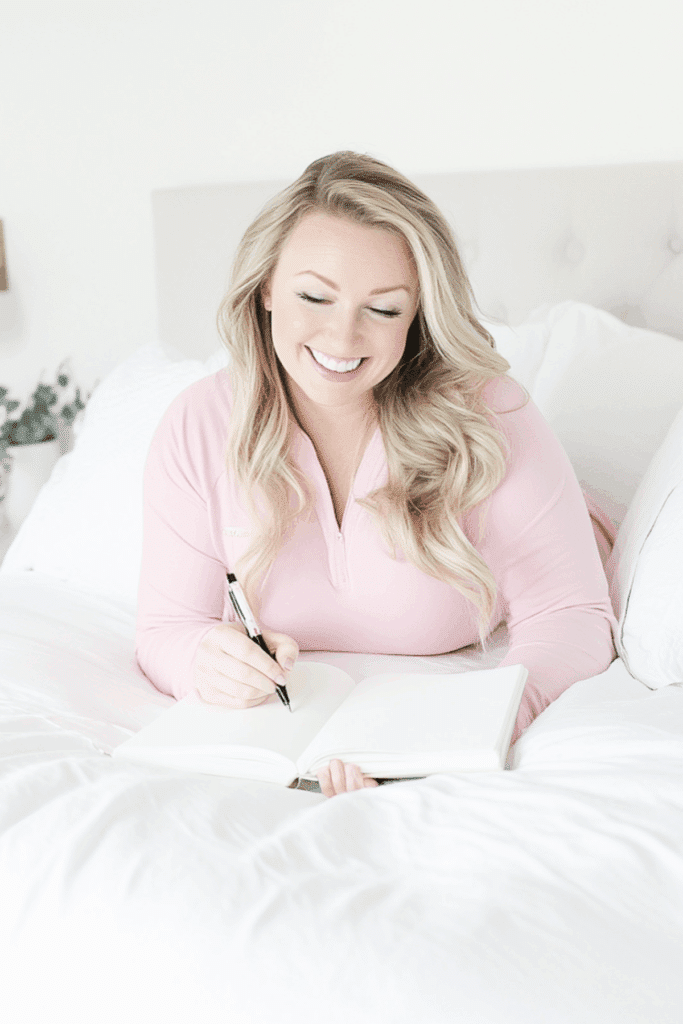
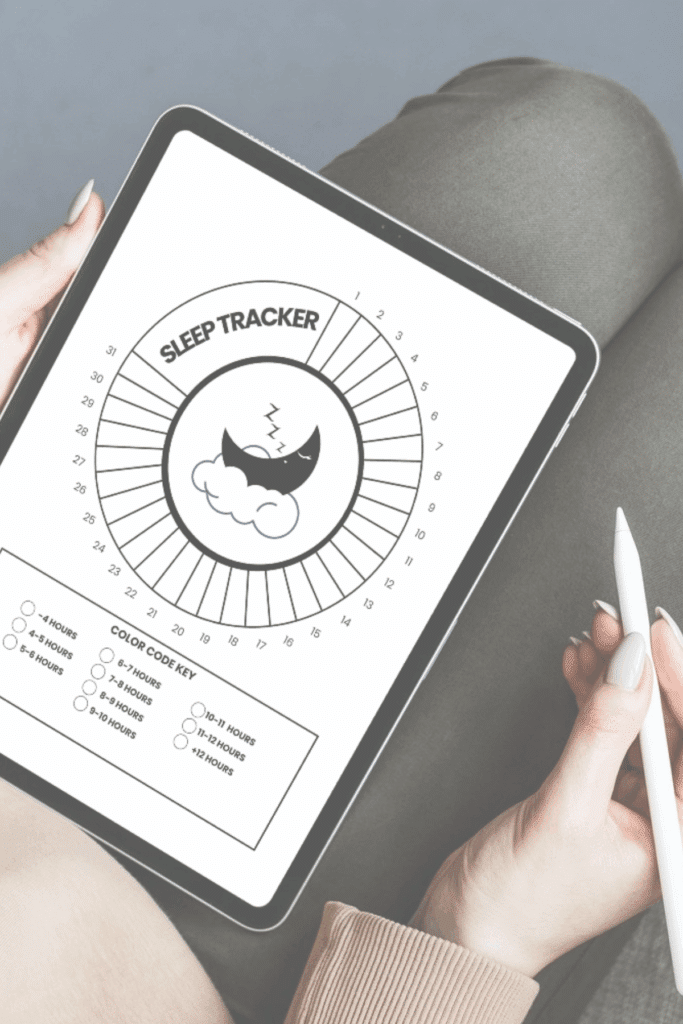
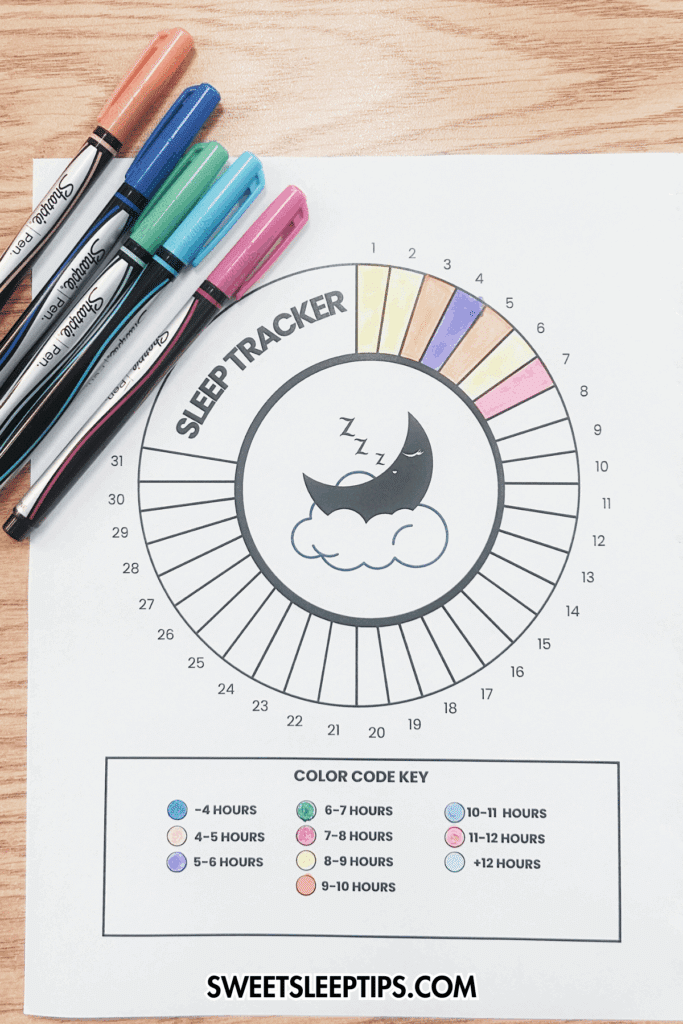
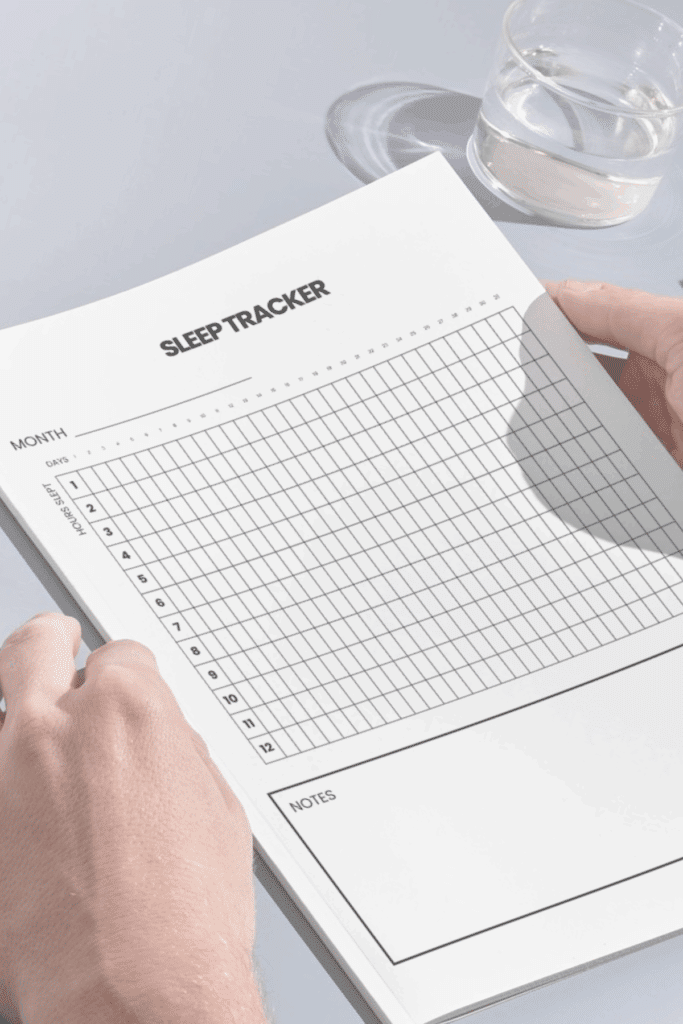


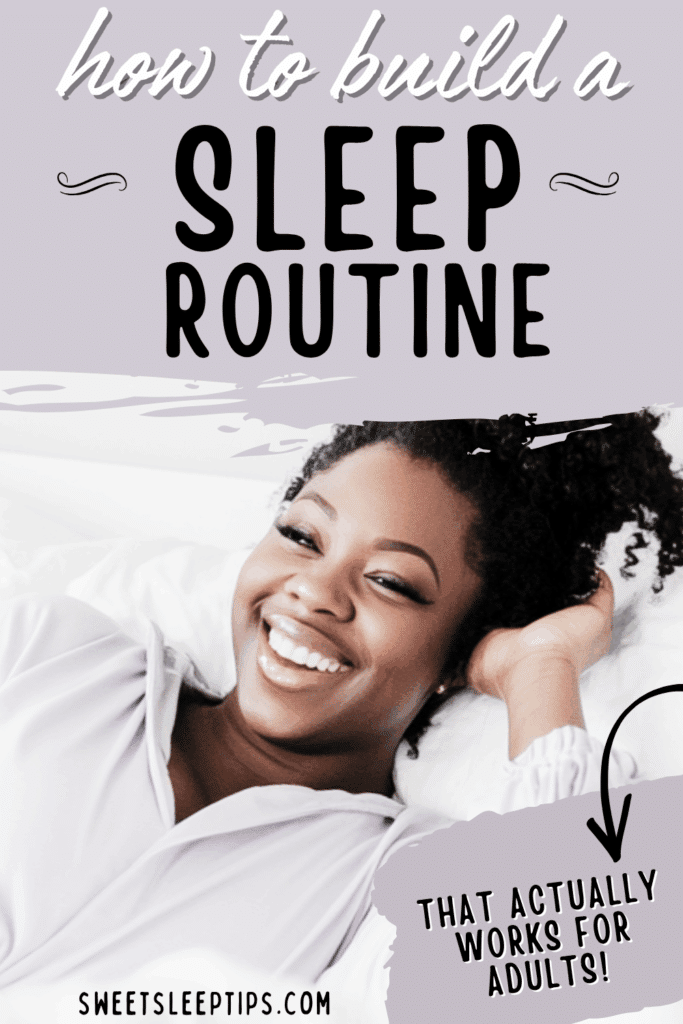


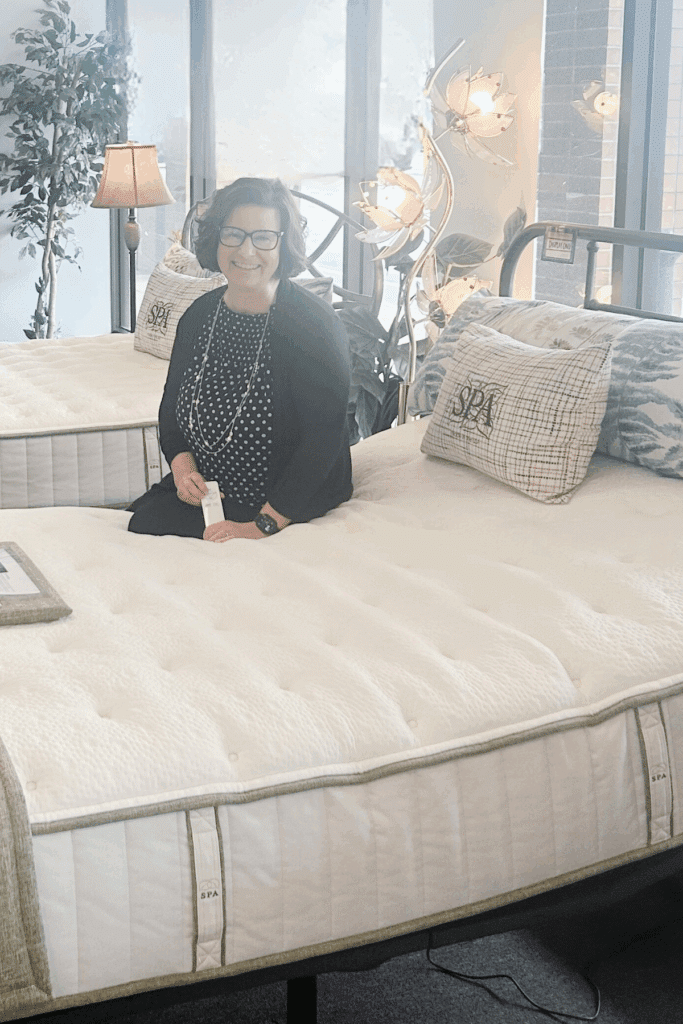

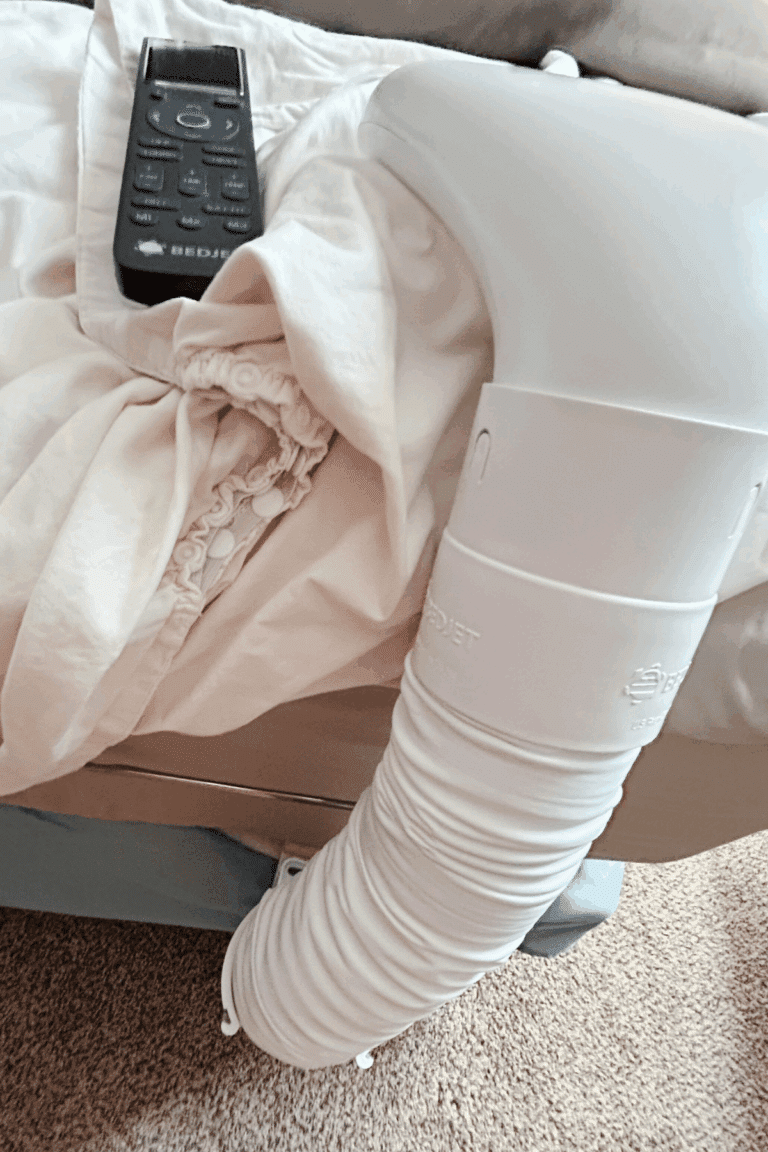

I love your tips! I didn’t realize we have 90-minute sleep cycles; that’s so interesting, and it makes sense to count backward from your wake-up time. I definitely need a caffeine curfew! Thank you for sharing this post; it’s really helpful.
Hi Angelia!
I’m so excited you found the sleep routine tips helpful! A caffeine curfew has been so helpful for my rest!
Thank you for reading!
Debbie
This is so useful for me! I have really bad insomnia!
Hi Lex!
I’m excited you found the sleep routine ideas useful! I hope they help your insomnia!
Thank you for reading!
Debbie
This is such a helpful guide! Building a sleep routine can feel overwhelming, but your tips make it approachable and practical. I especially love the focus on consistency and creating a calming bedtime ritual. I am bookmarking this to improve my sleep habits!